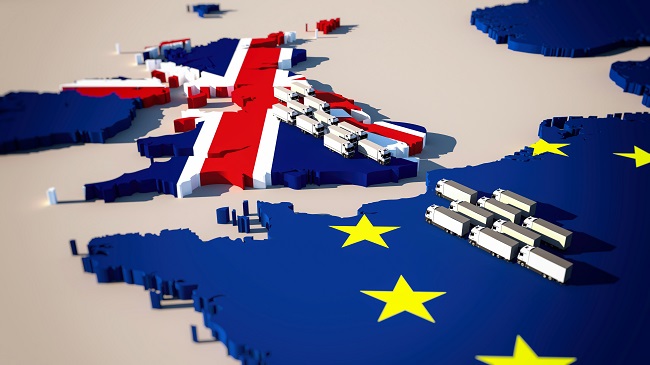
Over half (58.36%) of businesses expect the government’s new draft Border Target Operating Model (TOM) to “reduce the time, effort or cost” of their trading activities, according to a poll taken a week after the government launched its draft proposals.
The businesses were responding to a poll during a webinar held yesterday (12 April) by the Institute of Export & International Trade (IOE&IT), exploring the implications of TOM for the trade community and explaining the timetable for its implementation.
A further 15% of respondents said TOM would “improve visibility and resolution of issues”, while a similar proportion (14.1%) said the new arrangements would mean additional time, effort or cost, not least with the need to migrate to a new system.
The webinar was part of IOE&IT’s ongoing campaign to both raise awareness about the new border model and to also encourage business leaders to contribute to the ongoing six-week consultation. This includes the launch of a survey to gather opinions on the proposed measures.
More clarity needed
At the same event, 56% of respondents admitted they “needed to see further information on the categorisation of goods” before being able to comment on whether new sanitary and phytosanitary (SPS) controls would have a positive or negative effect.
Reacting to the SPS poll response, Laura Williams, academy trade and customs consultant at IOE&IT, said “This is a fair reflection of where we are with the draft. There are experts within government agencies currently working on reviewing risk assessments
of goods, seeking to clarify definitive lists of what is classified as low, medium and high risk.”
Speaking on the webinar, Alexander Walford, deputy director, border industry engagement and business readiness at the Cabinet Office, explained the government’s approach, saying:
“The model sets out a new risk-based approach for all imports into Great Britain, both EU goods and goods from the rest of the world. Our aim is to ensure our import processes are simple and involve as few burdens on traders as possible, and to use technology through the single trade window and trusted traded schemes.”
“The first milestone, the introduction of SPS controls on EU goods from the 31 October 2023 is something businesses should start preparing for now, as we don’t intend to move this.”
Kevin Shakespeare, IOE&IT’s director of strategic projects and international development, added that the draft TOM is part of a wider evolution of a digital trade ecosystem and that as the market develops it will create opportunities.
“We are keen that as the market develops evolves that we don’t create a monopoly of providers. So, we’re keen at the Institute to see the market evolve as it has in other countries with single trade windows, where everyone has a part to play. So whether
you are an intermediary, a port community system provider, or a small technology company we want the market to offer the best for the UK. ”
A question of risk
The most frequently asked questions during the webinar related to the new risk categorisation, and Walford explained that the new model will classify goods based on both the nature of the product and the country of origin. The latter will be based on scientific data and global information and will be regularly monitored and updated, making for a more fluid system of risk labelling.
“For EU goods we will publish the risk categorisation by early May and therefore will also be able to say what prenotification, certification and inspection requirements apply to each commodity at that point”, said Walford.
“Continuous assessment of risk will be carried out by a UK-wide animal disease policy group and plant health protection organisation that will have continuing oversight of risk categorisation and they can alter the categorisation as circumstances require.”
He added that the broad strokes of the planned categorisation are laid out in the draft TOM document.
One key takeaway
Asked for the one key piece of advice for business with regard to the draft TOM, Williams said businesses should start now and focus on preparation.
“Understanding your commodity is crucial. If you don’t understand your commodity then every step you take could be a wrong step.”
Shakespeare concurred, adding that it was important to have detailed information about your entire supply chain,
“I’d stress the importance of provenance, traceability and the supply chain. Really make sure you have the provenance, as much information as possible, including ingredients is really important to help de-risk.”
Walford ended by stressing that the consultation process underway is a great opportunity for businesses to express any concerns and challenges,
“We want your feedback on what challenges exist for the private sector in meeting the proposed timeline for introducing the new model and what further detail is needed for businesses to prepare.”

